With its yellow color and lightbulb shape, papaya pear squash is appropriately named for its resemblance to tropical papaya. This summer squash may be as small as a golf ball or as large as a baseball, although smaller squash are tenderest. Like all summer squash, papaya pear squash is prepared a number of ways, including steaming, baking and frying. Although preparing this mild, flavorful squash isn't difficult, watch the time carefully, because overcooking destroys its tender texture and mild flavor.
Preparing the Squash
Papaya pear squash requires little preparation before cooking. Rinse the squash thoroughly, and then cut off the blossom and stem ends. Don't remove the peel and seeds, because doing so removes much of the nutritional value.
Steaming for Flavor and Nutrition
Steaming is an effective way to maintain the vitamins and minerals in summer squash. Although papaya pear squash is usually small enough to steam whole, you can also slice the squash or cut it into cubes. Bring about an inch of water to a simmer in a saucepan. Place the squash in a steamer basket, and then place it in the pan and cover the pan securely. Cook the squash until it is tender -- approximately 4 to 10 minutes, depending on the size.
Versatile Baking
Although you can bake whole papaya pear squash, larger squash bakes faster when it's sliced or diced. Place the squash in a baking dish with a small amount of liquid such as water, broth or tomato juice. If you like, you can add minced garlic, sliced tomatoes or onion or seasonings such as thyme or sage, or you can top the squash with grated cheese or bread crumbs. Preheat the oven to 350 degrees Fahrenheit, and then bake the squash for 20 to 35 minutes, depending on the size. Poke the squash with a fork as it nears the end of its baking time; if the fork slides in easily, the squash is ready to leave the oven.
Quick Cooking in the Microwave
Slice papaya squash thinly for microwave cooking. Place the squash in a microwave-safe dish with a small amount of water, broth, juice or butter. Cover the dish with a lid or a sheet of waxed paper, and then cook the squash on high power for 4 to 7 minutes, or until the squash is tender. Stir the squash halfway through the cooking time so that the slices cook evenly.
Saute or Stir Fry
Saute squash chunks or slices in a skillet and a small amount of butter or olive oil, or use a combination of butter and chicken or vegetable broth for a lower-fat version. If desired, season the squash with salt and pepper or with fresh herbs such as chives, parsley or basil. Alternatively, stir-fry the squash with other mild-flavored vegetables such as green beans, corn or mushrooms. In each case, cook the squash until it is tender, which takes only a few minutes.
Related Articles

How to Cook a Turban Squash

How to Cook Buttercup Squash
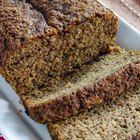
How to Cook With Green Fuzzy Squash
How to Grill Chayote Squash
How to Cook a Large Hubbard Squash

Baked Cubed Squash

How to Cook Delicata Squash Cut in Half

How to Cook Zuccini & Squash in a ...

How to Tell if Baked Spaghetti Squash ...

How to Slow Cook Pork Chops & Vegetables
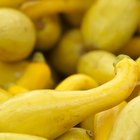
How to Bake Crookneck Squash
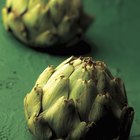
How to Parboil Artichokes
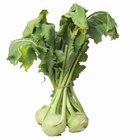
Ways to Cook Kohlrabi
How to Grill Spaghetti Squash
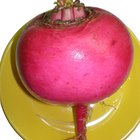
How to Roast Turnips

How to Cook Butternut Squash in the ...
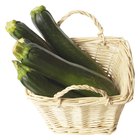
Can I Freeze Large Zucchini and Summer ...

How to Prepare Peter Pan Squash

Can I Eat the Peel on Kombucha Squash?
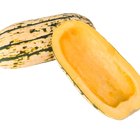
How to Cook a Delicata Squash
References
- Colorado State University Extension: Summer Squash F1 "Papaya Pear"
- University of the District of Columbia Cooperative Extension Service: Summer Squash
- Specialty Produce: Papaya Squash
- The University of Maine Cooperative Extension: Zucchini and Summer Squash
- University of Illinois Extension: Summer Squash
Writer Bio
M.H. Dyer began her writing career as a staff writer at a community newspaper and is now a full-time commercial writer. She writes about a variety of topics, with a focus on sustainable, pesticide- and herbicide-free gardening. She is an Oregon State University Master Gardener and Master Naturalist and holds a Master of Fine Arts in creative nonfiction writing.